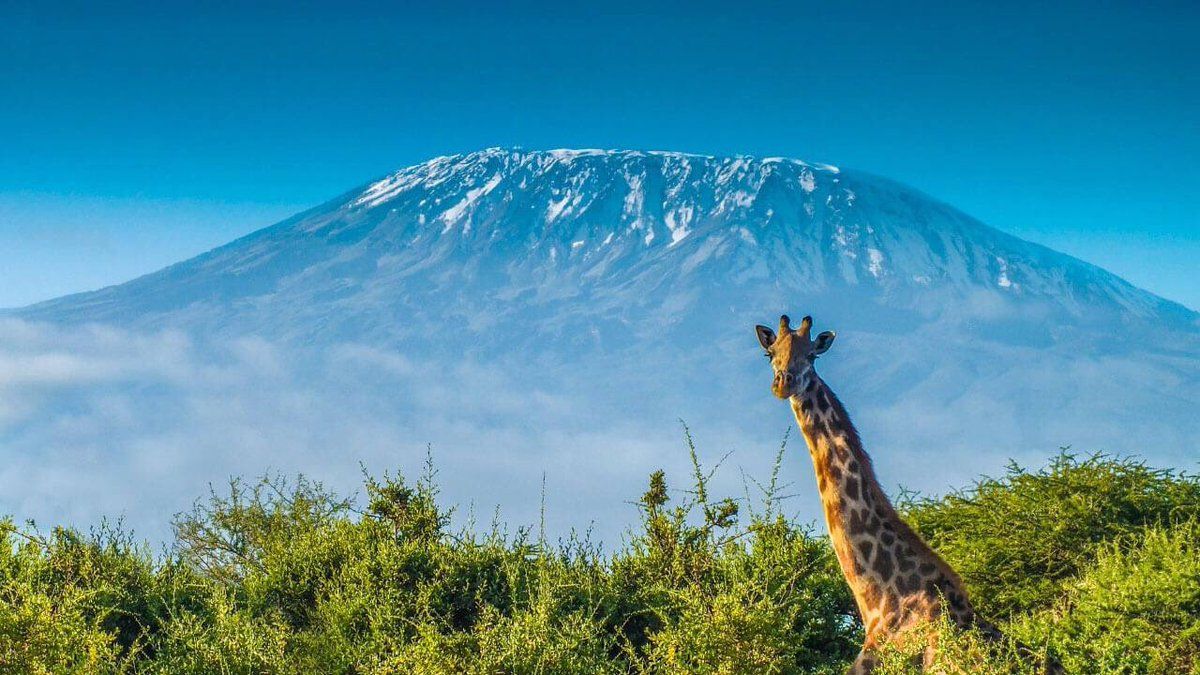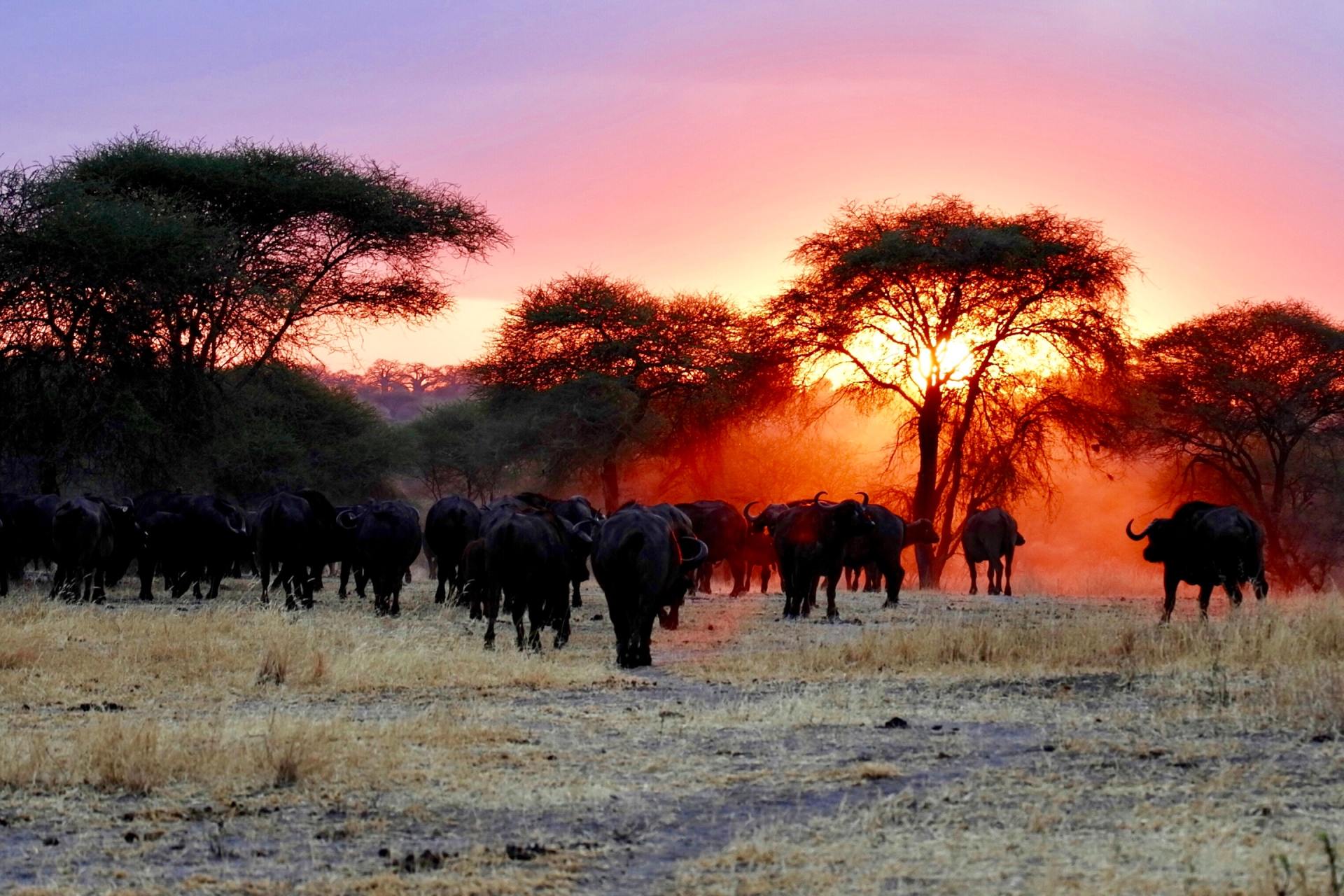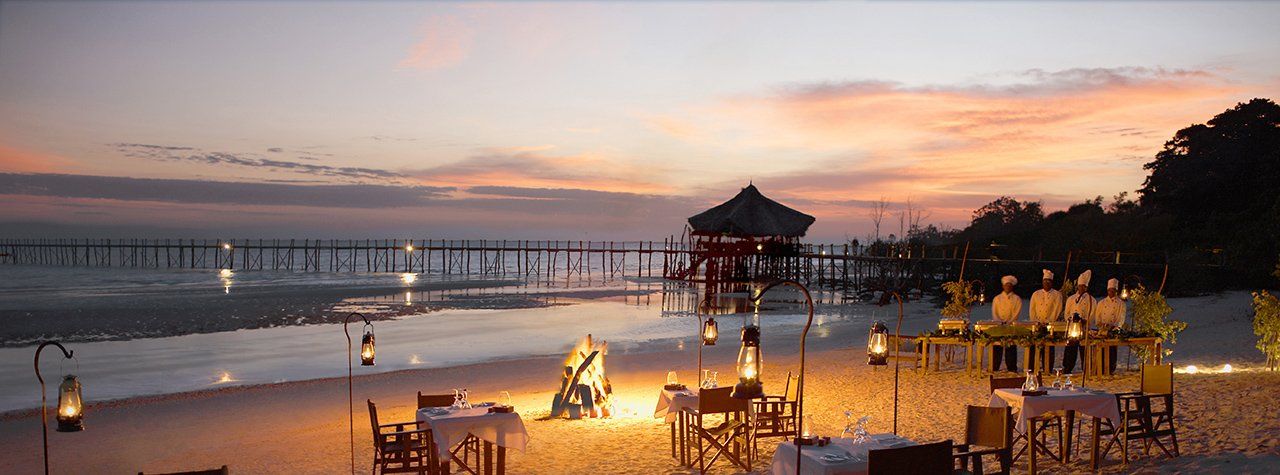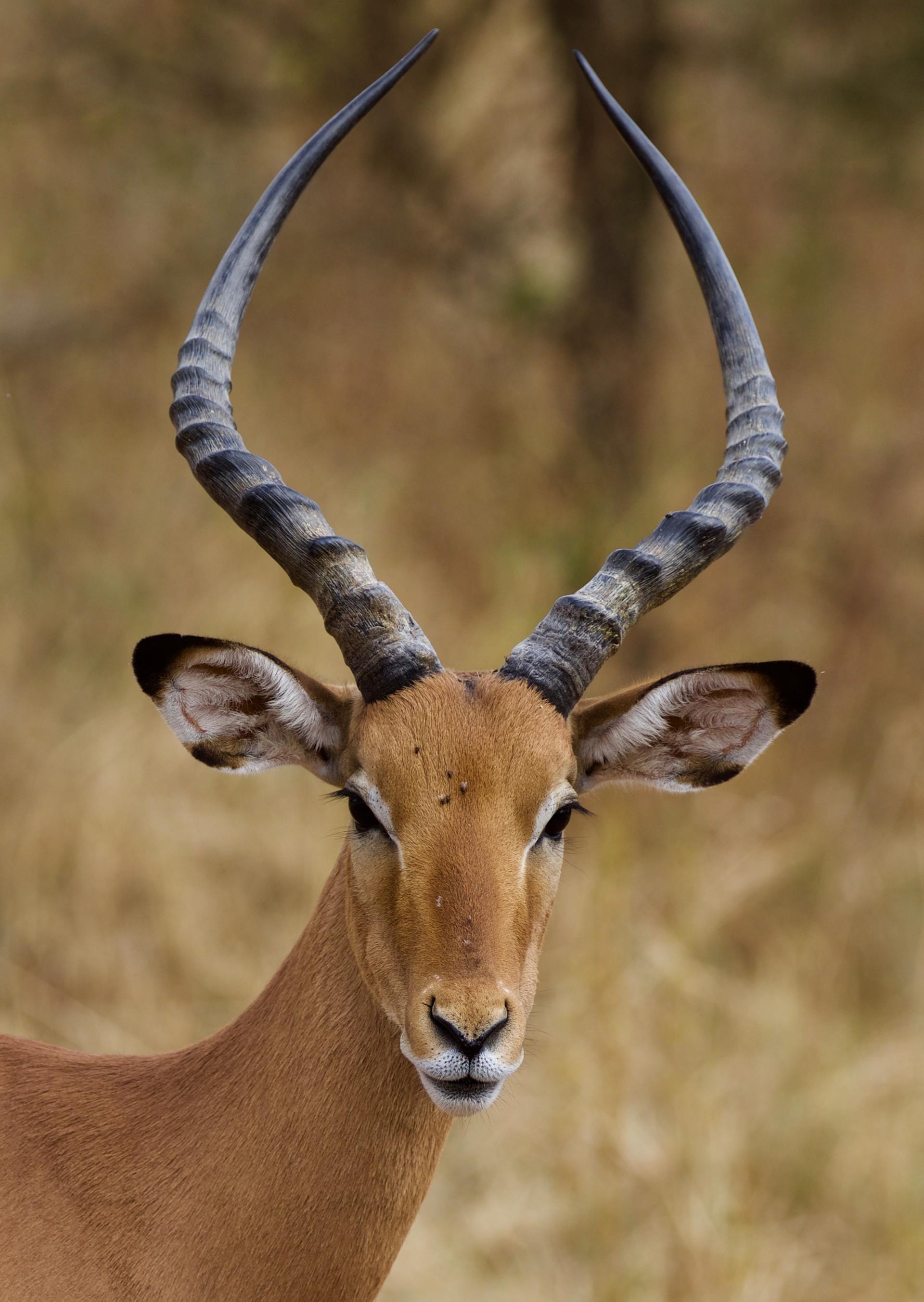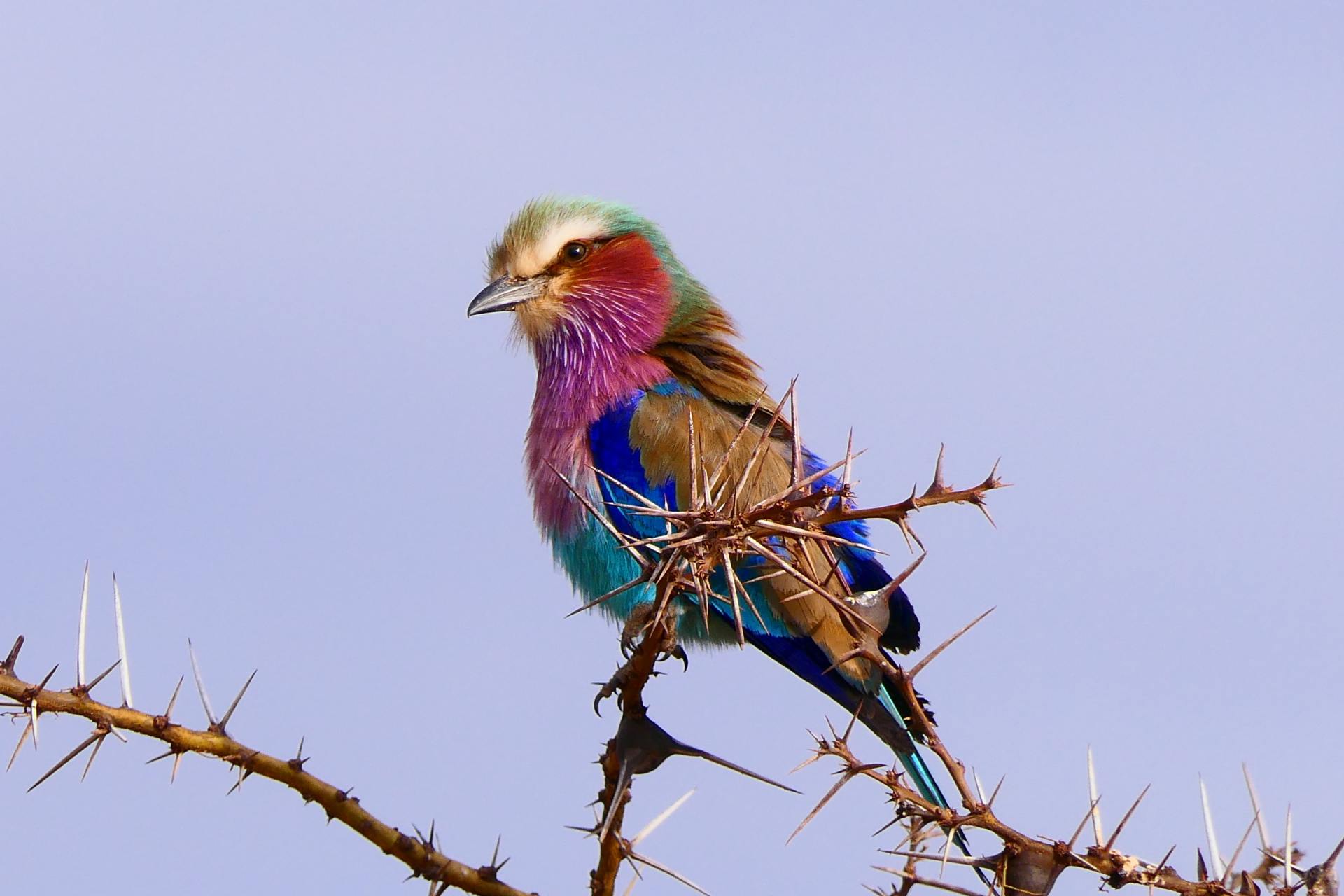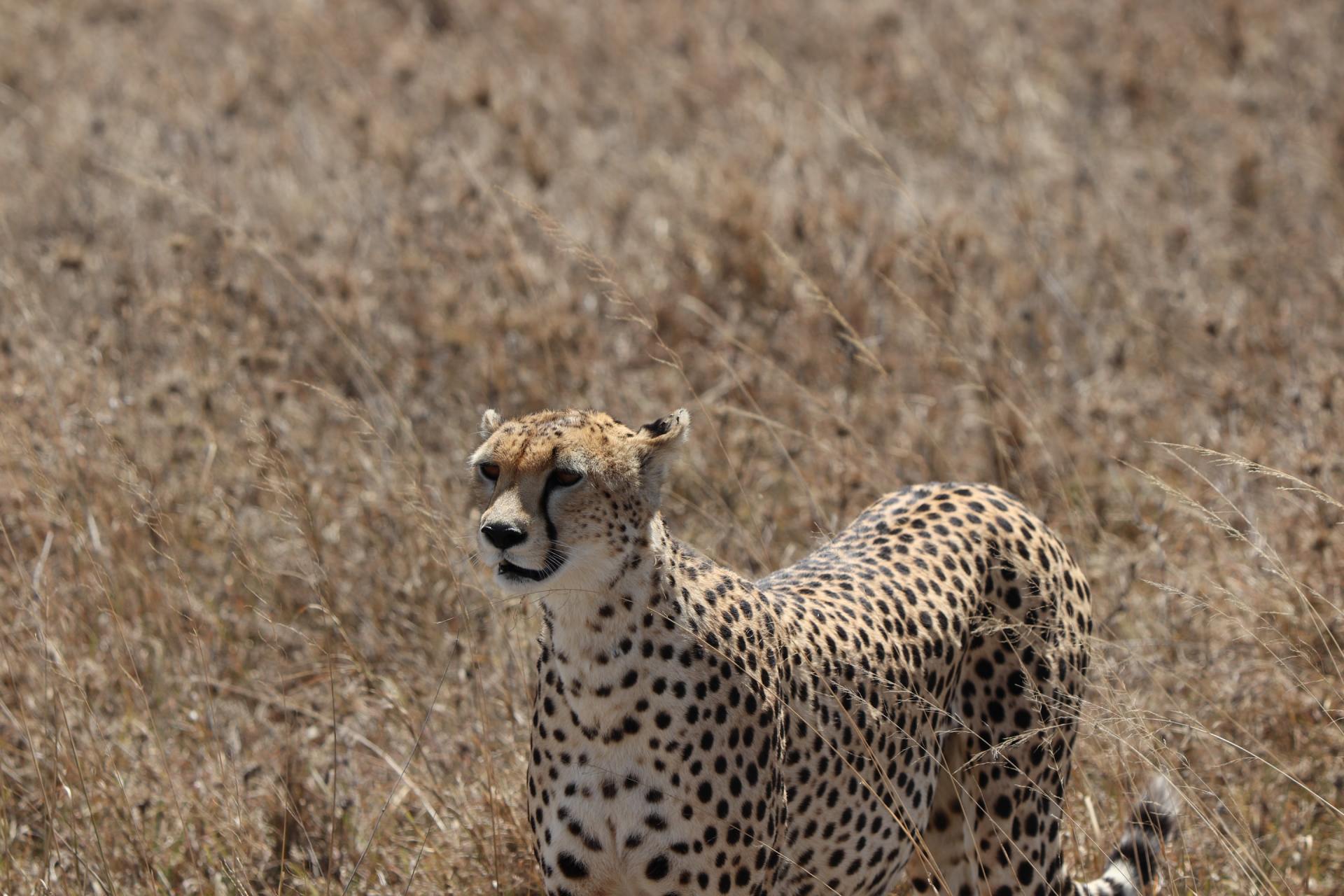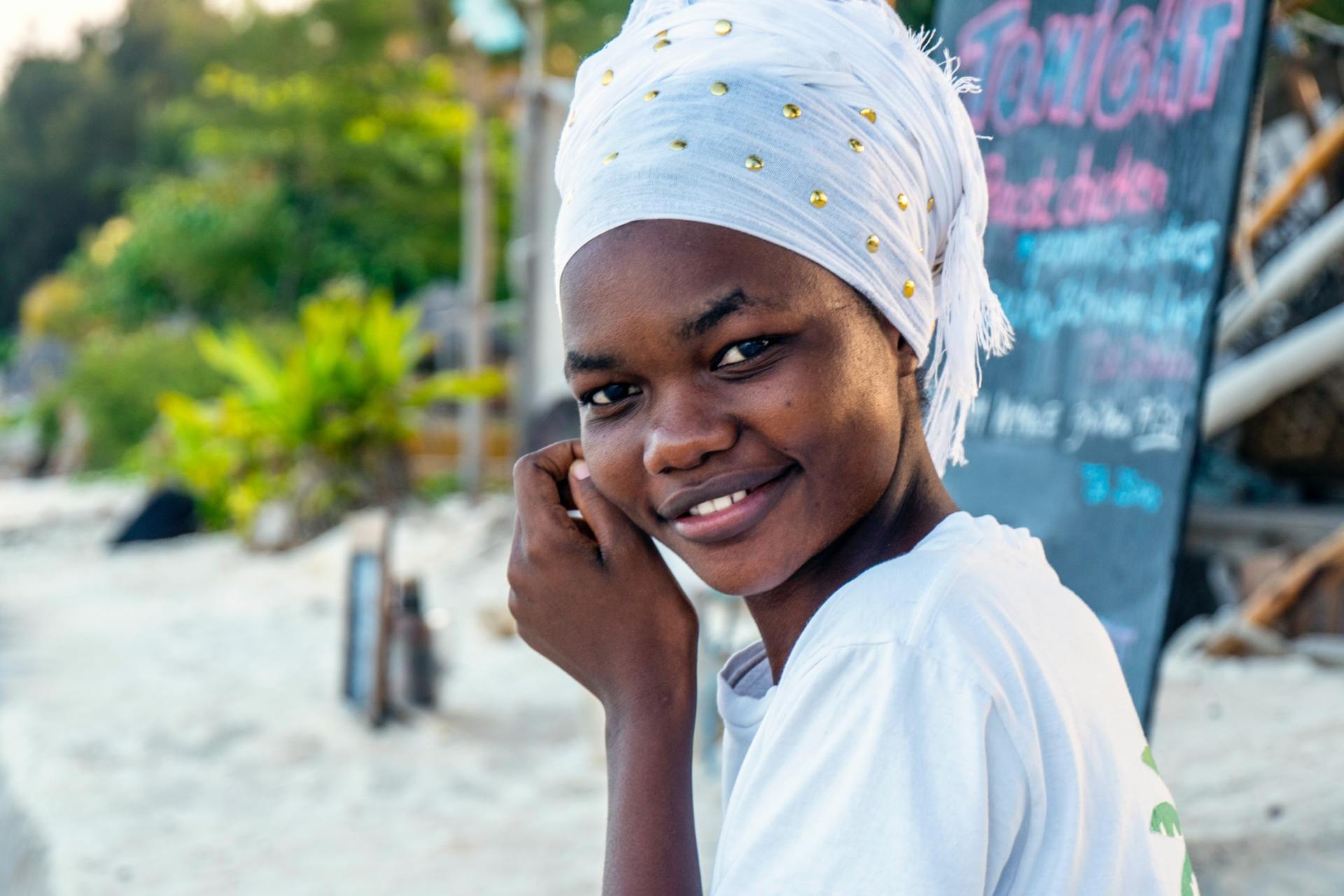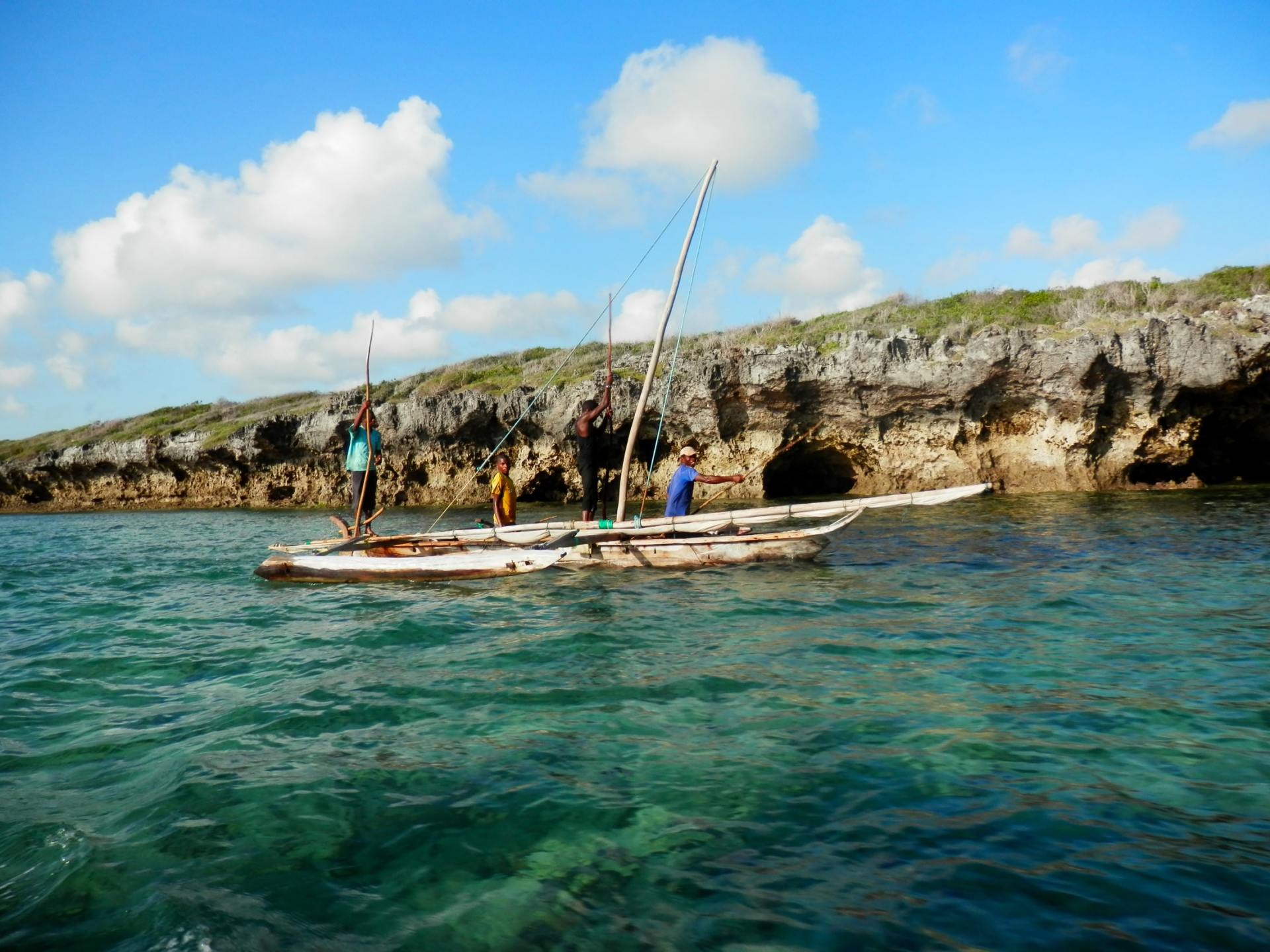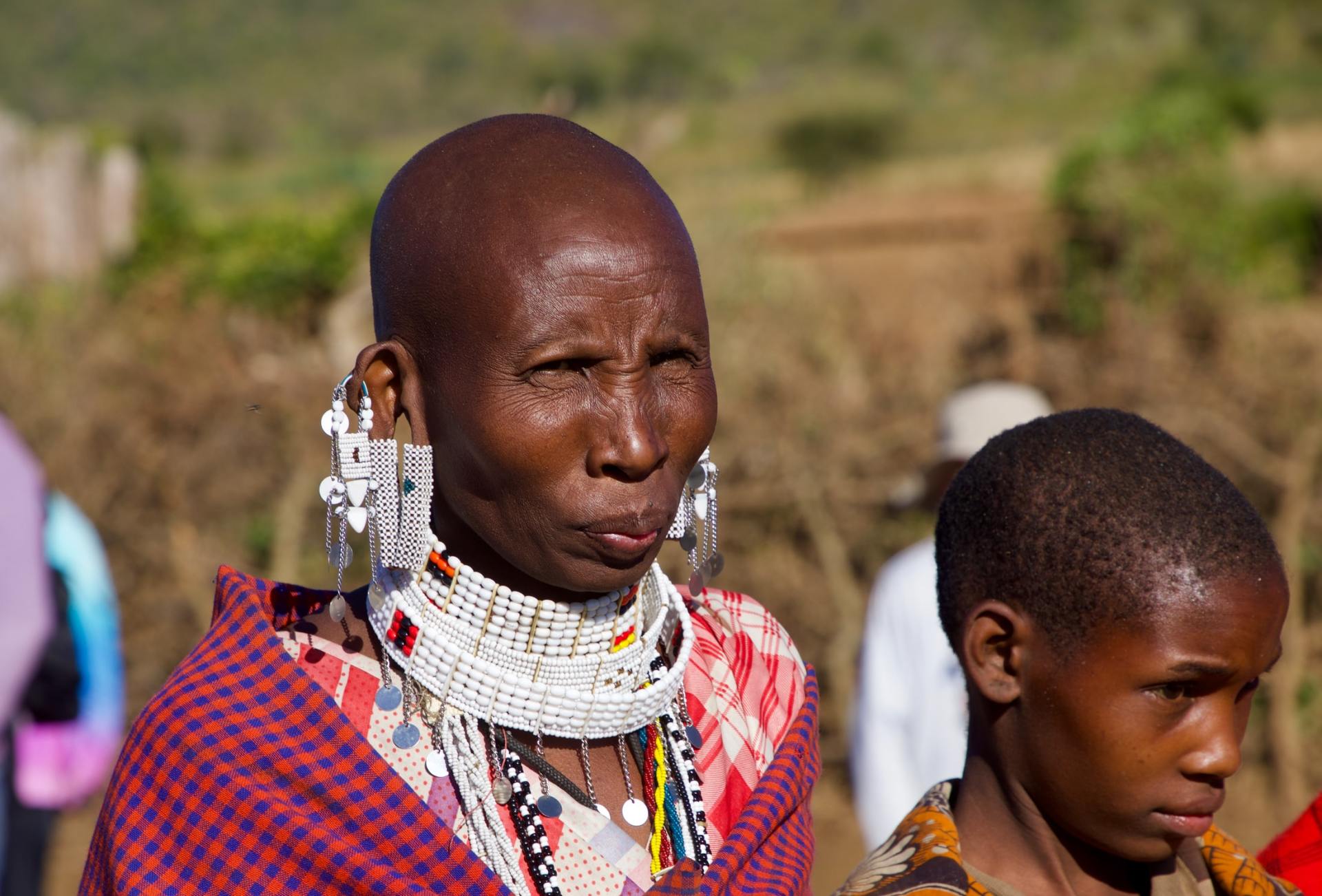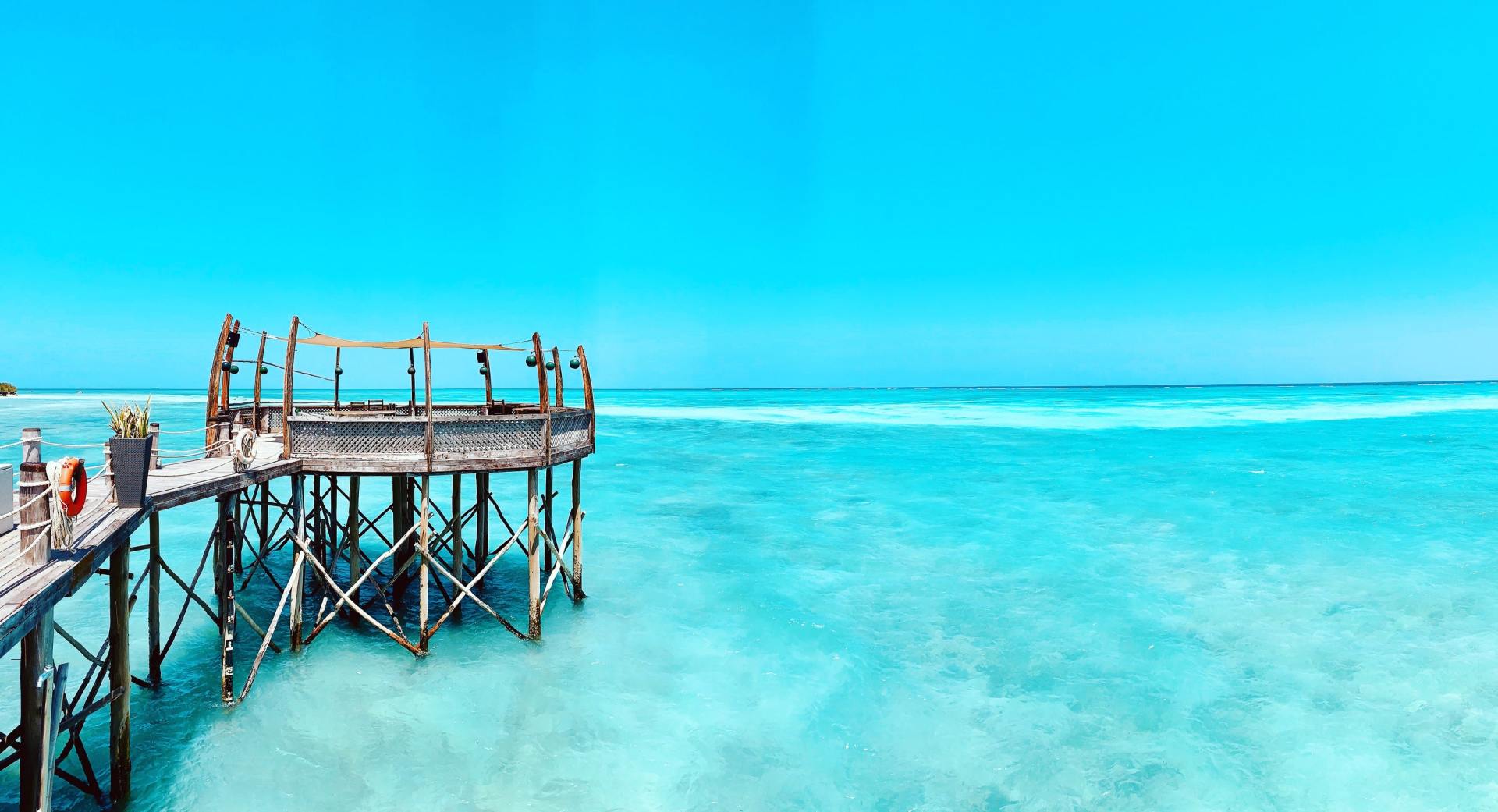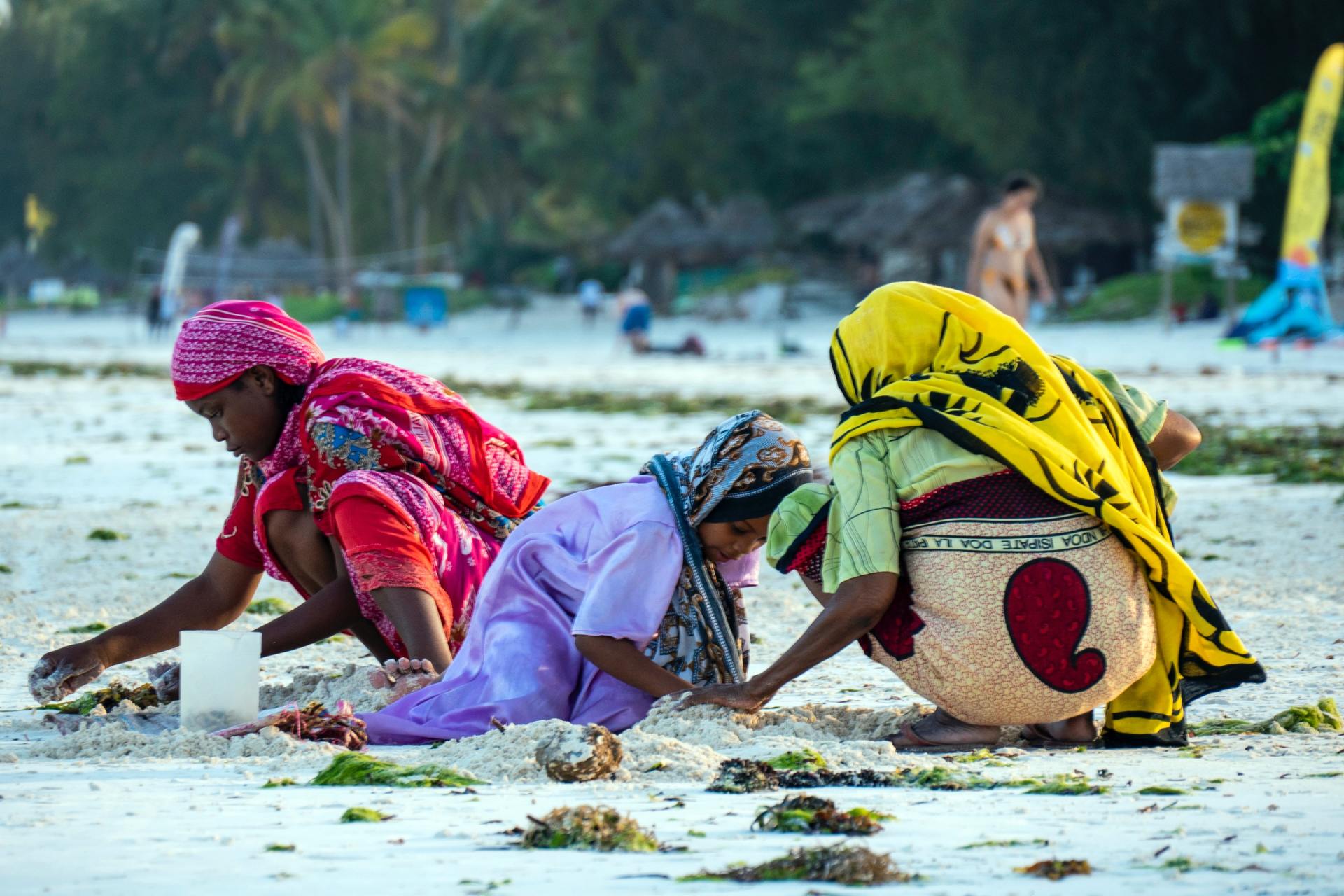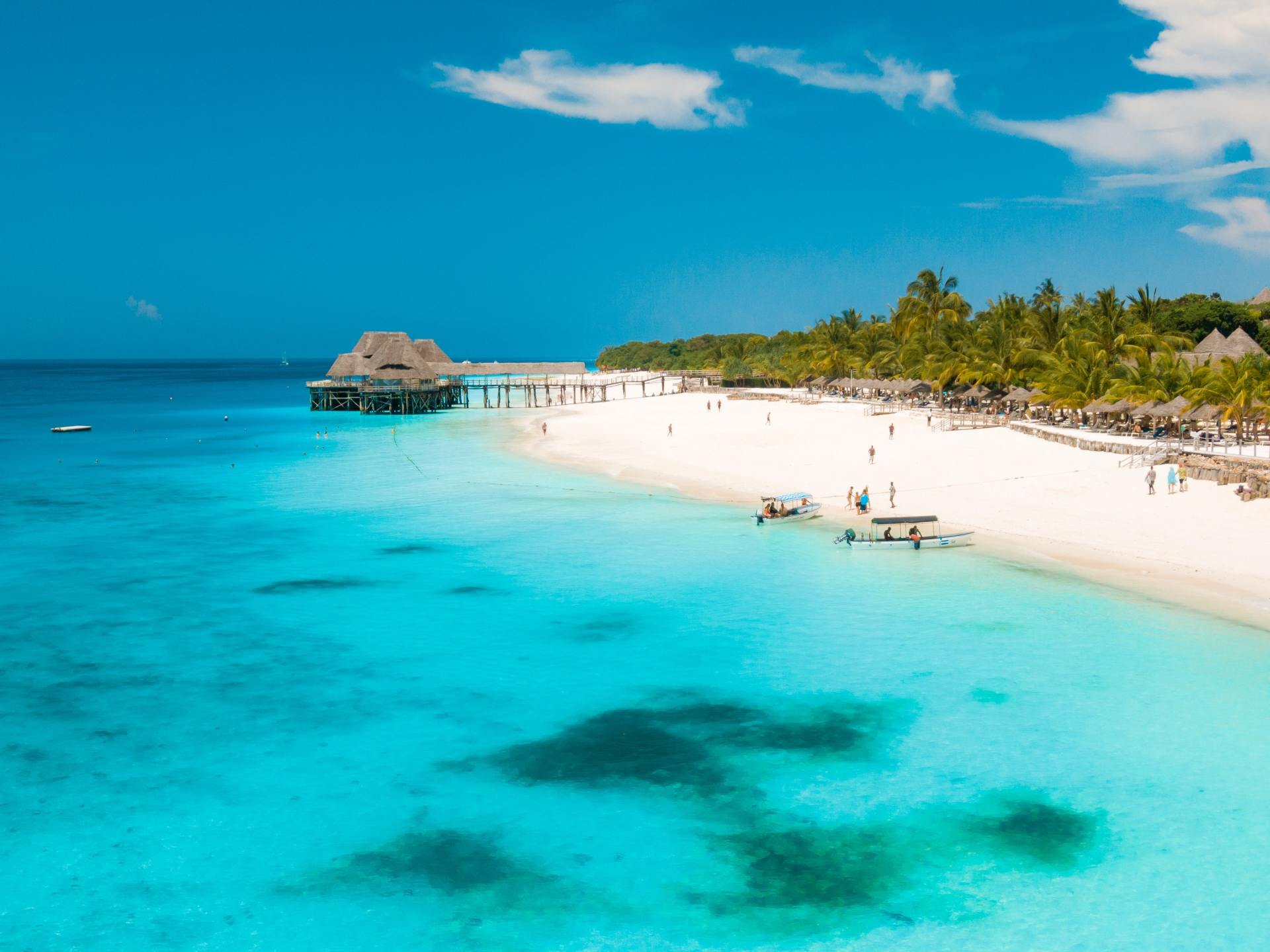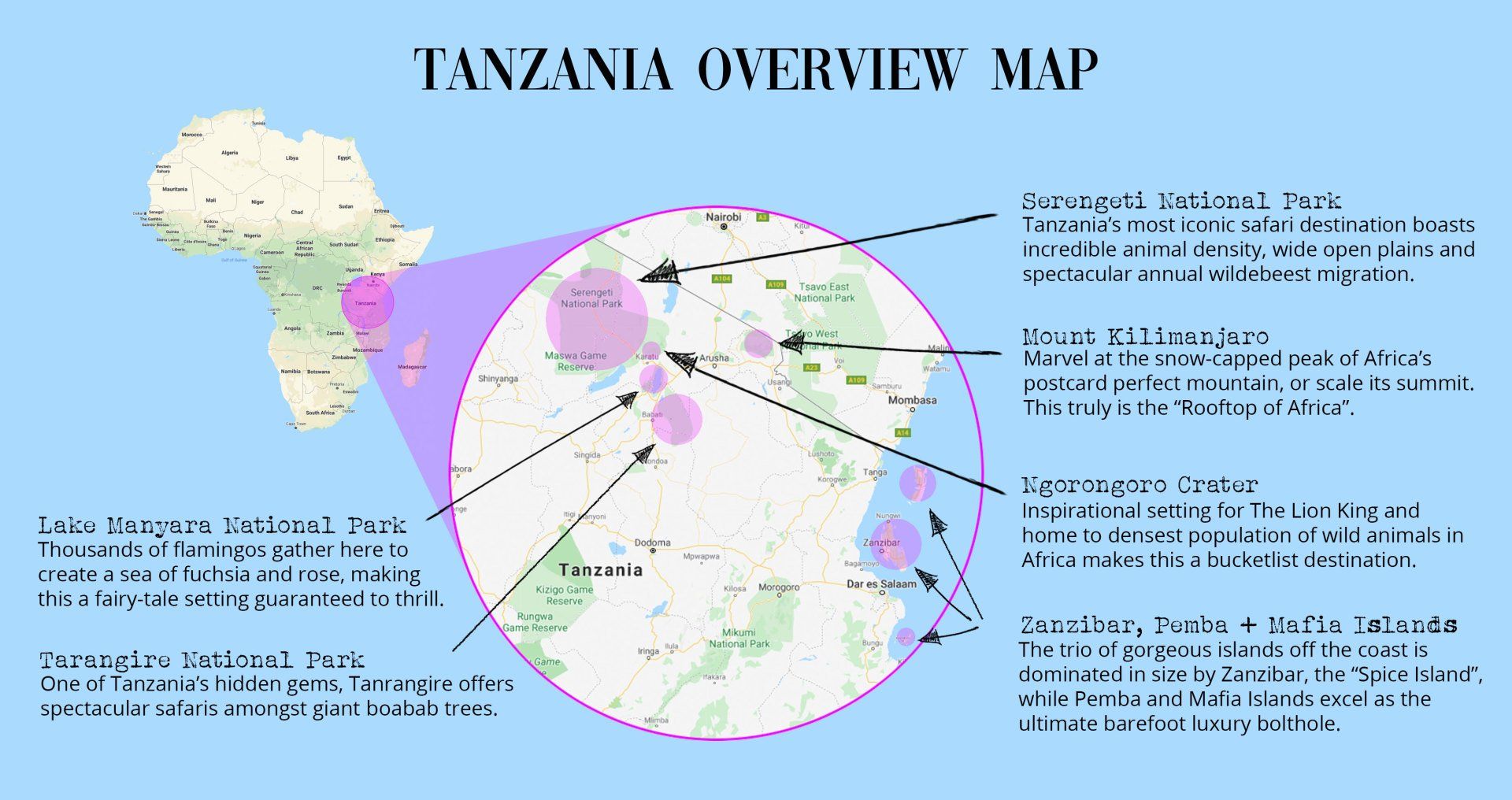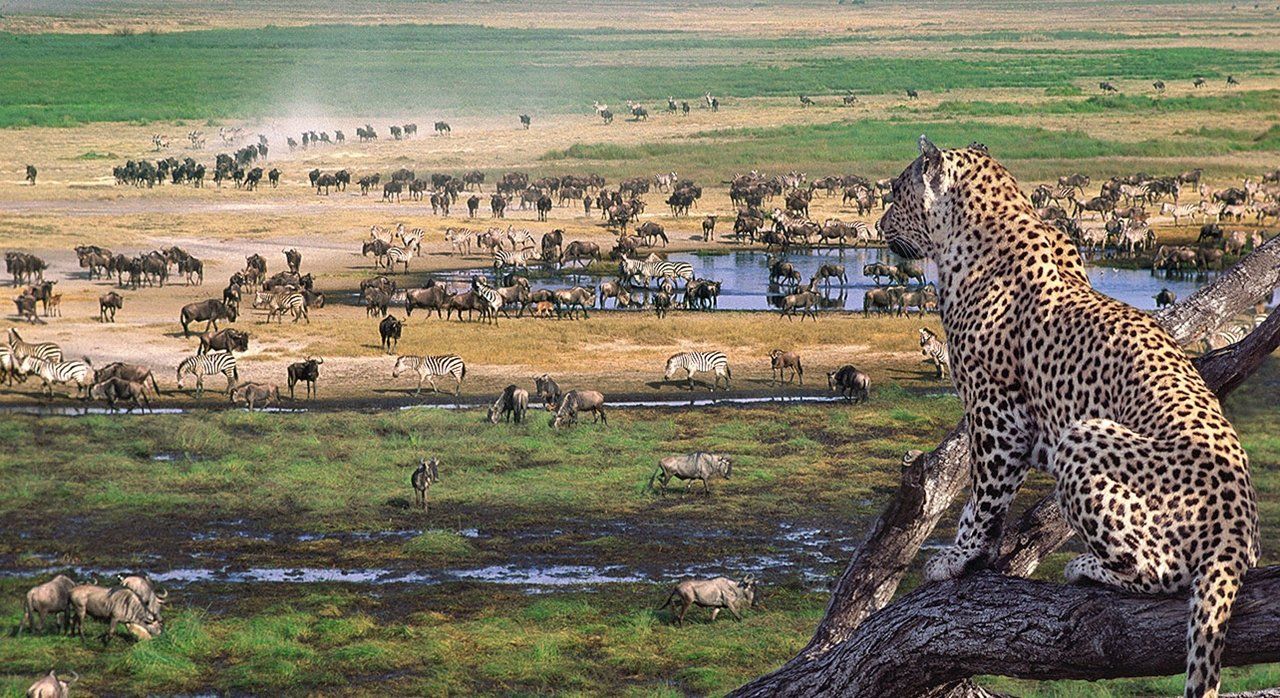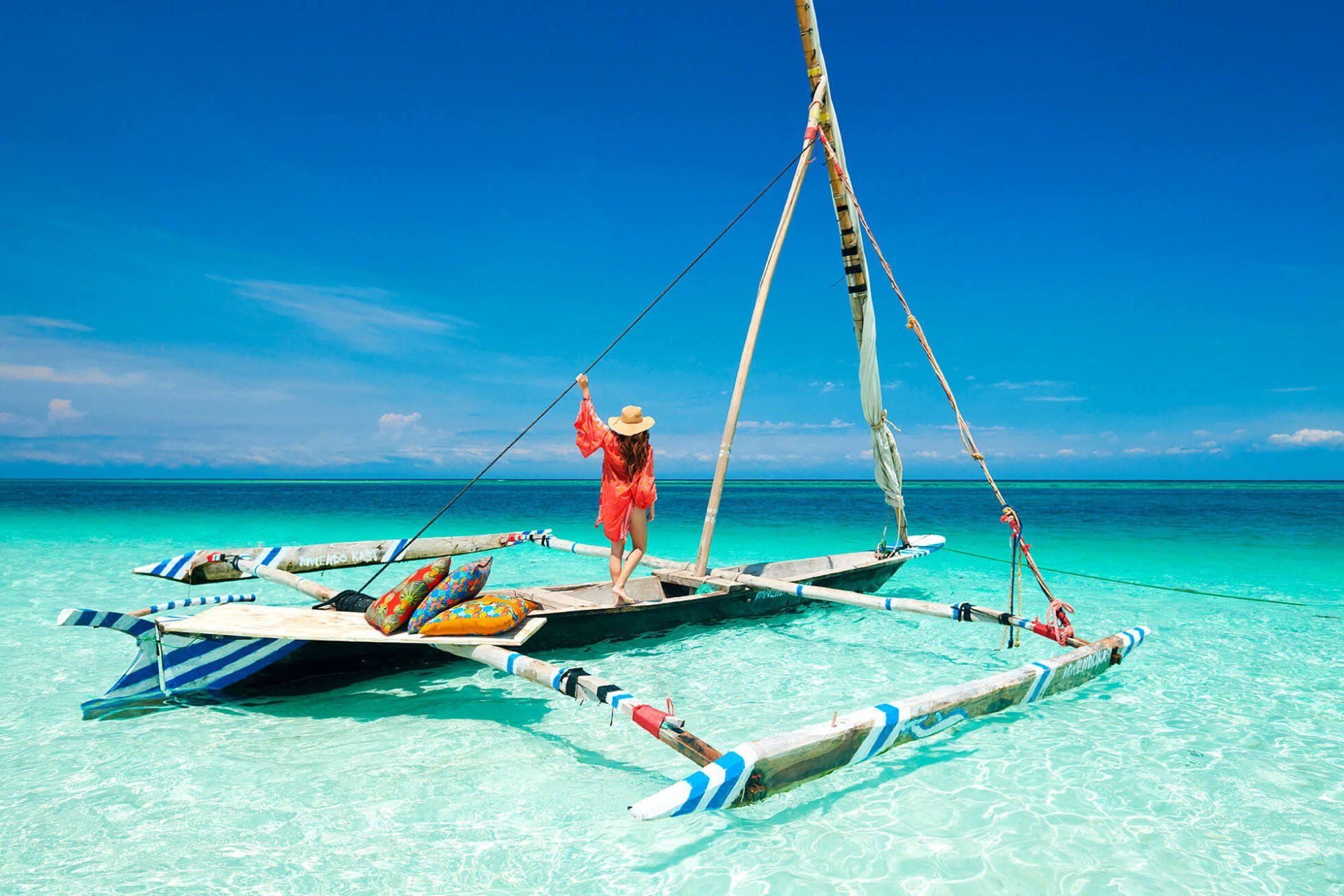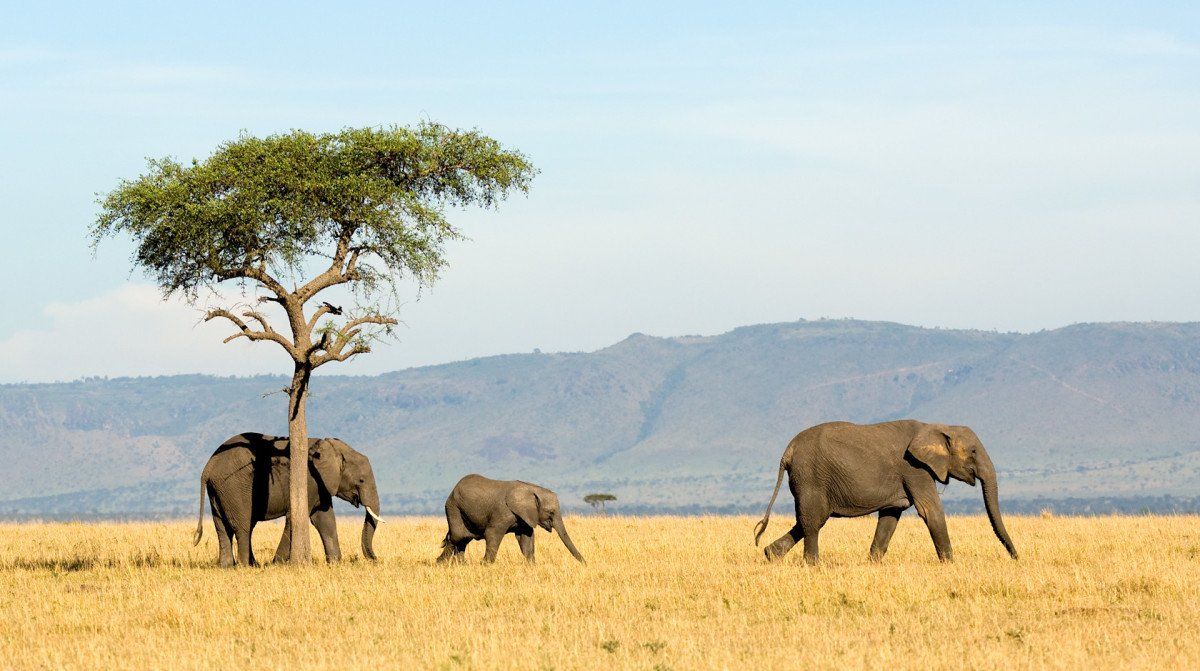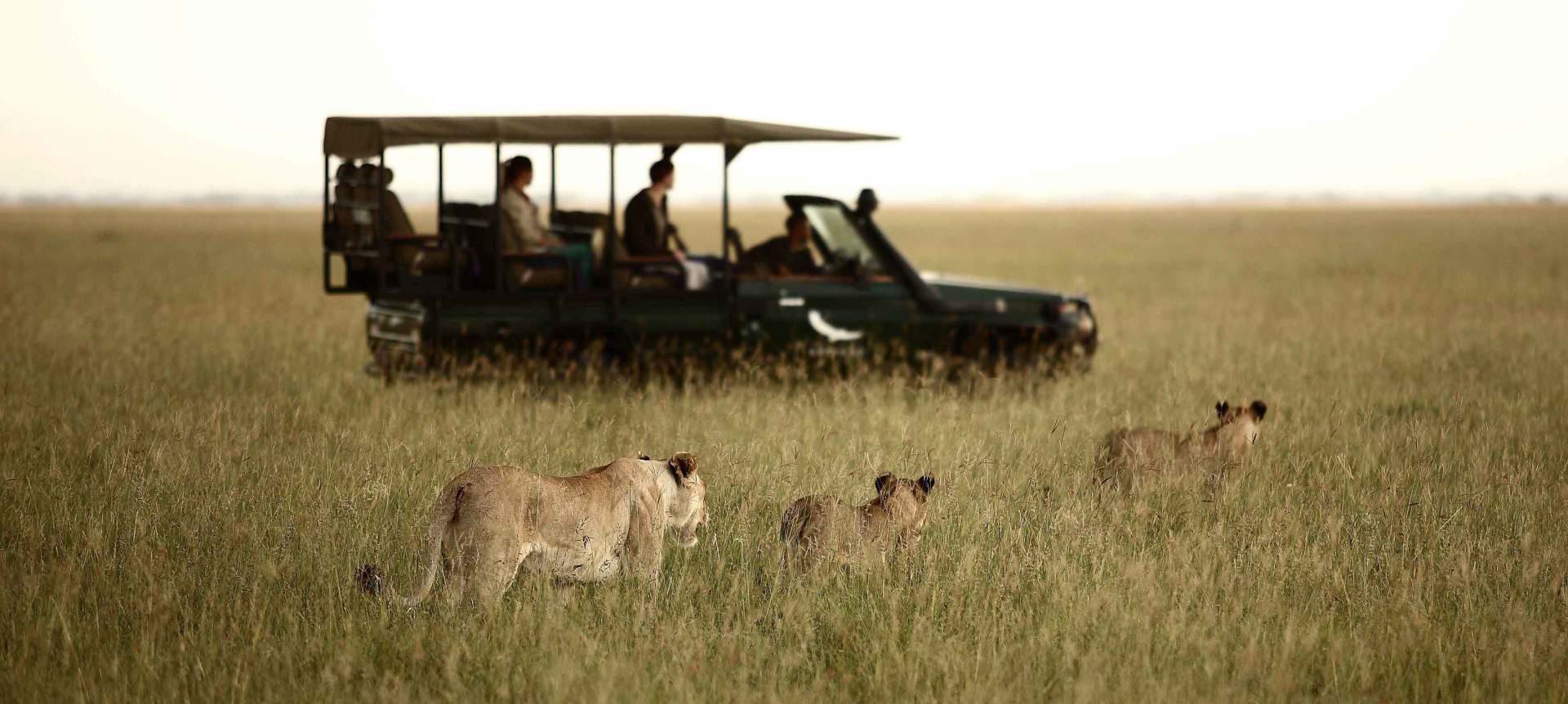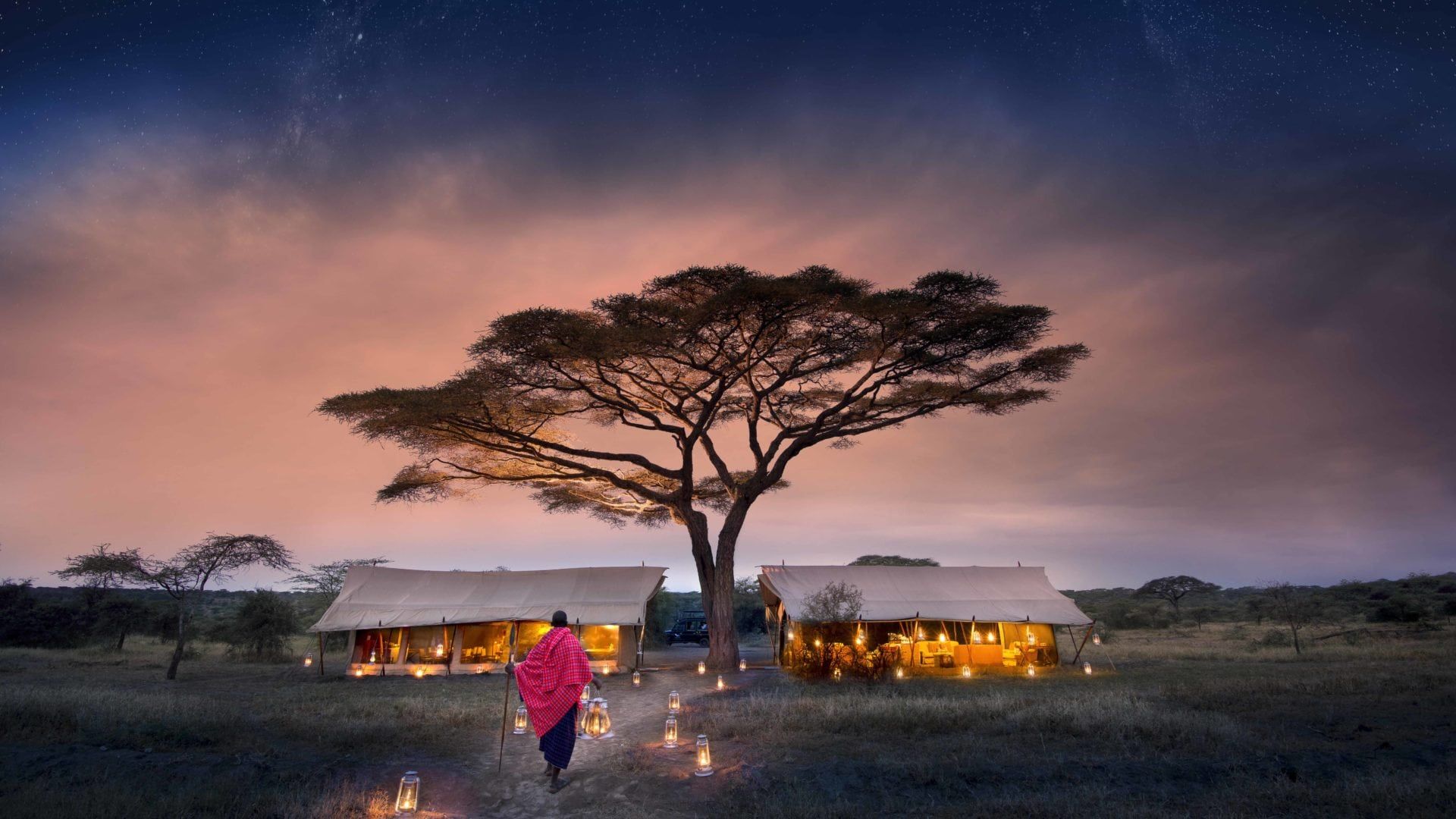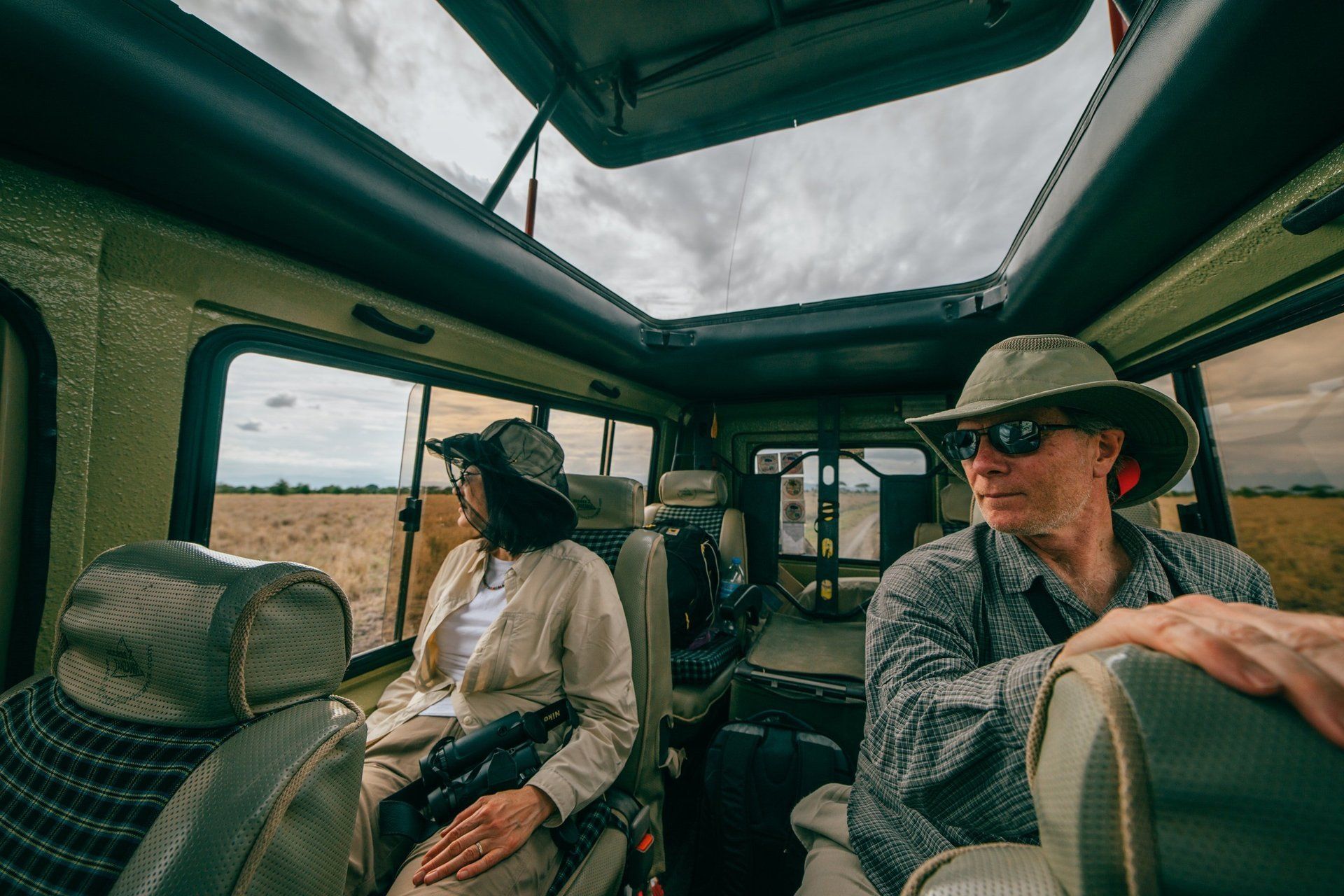Due to its close proximity to the equator, Tanzania benefits from a temperate East African climate and less seasonal ups-and-downs than the Southern African countries. Luckily, the tropical beach and spice island of Zanzibar is subject to the exact same seasons as the mainland, so there are not too many factors to consider for an unforgettable bush and beach adventure. But rest assured François, JD and the rest of The Travel Cafe team will work closely with you to determine the best time of year to travel, based on what you wish to see, do and experience.
For a more detailed breakdown, please click through to each region’s dedicated Destination Guide, where you will also find more details on the best time to visit that specific region.
Winter (June - September) and Summer (January - March): Winter and summer are our favourite seasons to go to Tanzania. They are both dry seasons offering similar experiences: sunny days with bright blue skies and mild daytime temperatures. During winter temperatures will not dip below ±15°C / 59°F with highs that hover around 26°C / 80°F during summer.
If your dream is to witness the famed Great Migration, and in particular its river crossings, we recommend you plan your stay towards the end of July and August and position yourself in the Northern sector of the Serengeti National Park . Winter is also the best season for a visit to Tarangire National Park, as it becomes the only source of water in the entire region and animals arrive from all neighbouring parks, drawn by this precious water source.
Planning to climb Mount Kilimanjaro? We strongly recommend you plan your hike in winter or the middle of summer, so as to benefit from the dry slopes and clearer views. If however, living a magical East African safari experience is your main concern, you can head to Tanzania’s northern circuit which also includes the world-famous Ngorongoro Crater and Tarangire National Park anytime during dry season to be rewarded with memories for a lifetime.
Summer is the best time to go to Lake Manyara National Park, as thousands of flamingos have arrived and the lake becomes a vibrant sea of pink and fuchsia. To end this holiday on a high note, these are also the best seasons for Zanzibar, as we feel that a beach holiday is best enjoyed with clear blue skies.
Spring (November - December): Spring brings the so-called short rains. The rains occur in the form of short afternoon showers, and do not have any significant impact on your game viewing. Temperatures are lovely, and rates are lower than during winter. If you are budget-conscious and seeing the wildebeest crossing isn’t a key consideration for you, spring would be our top recommendation.
Autumn (April - May): Autumn is our least favourite time to visit Tanzania, as this is the season of the long rains. The rains can last for days at a time and will severely impact your safari, no matter which of Tanzania’s many national parks you choose. Many of the roads are muddy and difficult to pass, so you may expect much bumpier rides than normal as well.
Should you wish to pair your safari with a Zanzibar beach stay, it is worth noting that April and May are also less than ideal months for Zanzibar, as the island encounters a proper monsoon season and many establishments close entirely for these two rainy months.




